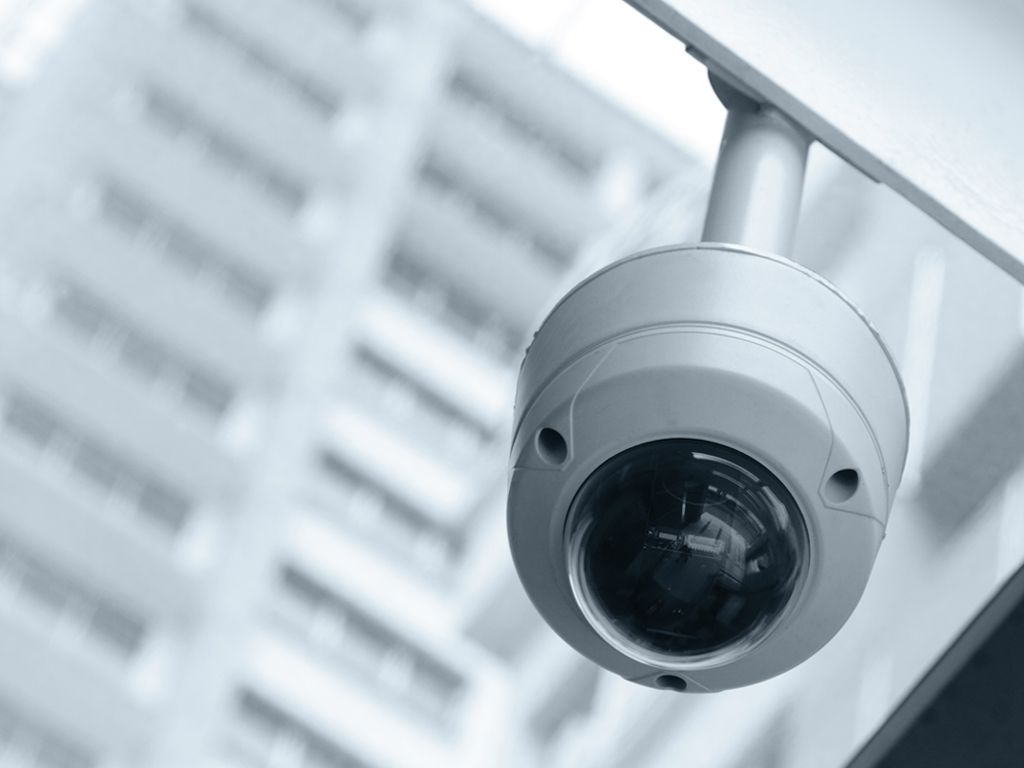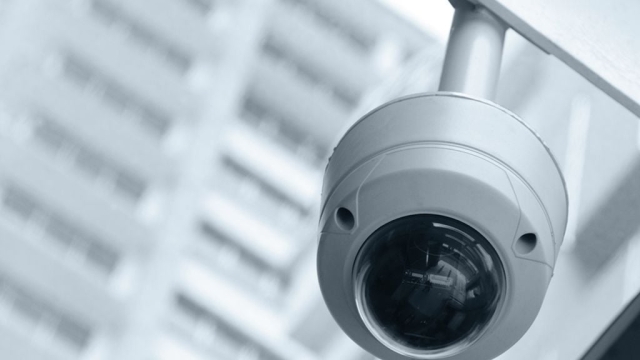
Security cameras have become an integral part of our modern society, providing us with an ever-watchful eye in our homes, businesses, and public spaces. These unyielding sentinels tirelessly monitor their surroundings, ensuring our safety and keeping a vigilant watch even when our own eyes may fail us. With their ability to record, deter, and investigate, security cameras have evolved into an indispensable tool in our quest for security and peace of mind.
In a world where threats to our personal safety and property are ever-present, security cameras offer an added layer of protection that can make all the difference. Their watchful gaze serves as a constant reminder that we are not alone, empowering us to go about our lives with confidence. Whether it’s deterring potential intruders from breaking into our homes or capturing crucial evidence to bring criminals to justice, these unblinking observers have proven to be an invaluable asset in safeguarding our communities.
Furthermore, security cameras have taken on a new level of sophistication in recent years, with advancements in technology enabling them to be more versatile and adaptable than ever before. High-definition video capabilities, intelligent motion detection algorithms, and remote access options have revolutionized the way we utilize these devices, making them an indispensable part of any comprehensive security system. With the ability to monitor our properties in real-time and receive instant alerts, we now have the power to stay connected and in control, no matter where we are.
Through this article, we will delve deeper into the world of security cameras. We will explore their different types, their various applications, and the benefits they provide to both individuals and society as a whole. Join us in unlocking the potential of these unblinking sentinels as we unravel the power of security cameras and discover how they have become the eyes that never sleep.
Advantages of Security Cameras
Security cameras provide numerous benefits for businesses and individuals alike. With their ever-watchful eyes, they offer a sense of safety and protection that can contribute to peace of mind. Let’s explore some of the key advantages of security cameras:
Deterrence: Security cameras act as a powerful deterrent against criminal activities. The mere presence of cameras can make potential wrongdoers think twice before engaging in illegal actions. Knowing that their every move is being recorded increases the risk of getting caught and acts as a valuable deterrent against theft, vandalism, and other unlawful behaviors.
Surveillance: One of the primary advantages of security cameras is the ability to monitor activities and gather critical evidence. By capturing video footage of incidents, these cameras enable authorities to identify suspects and gather evidence for investigations. Additionally, surveillance cameras can assist in preventing fraudulent claims and resolving disputes as they provide an unbiased record of events.
Remote Monitoring: With advancements in technology, security cameras now offer the convenience of remote monitoring. This allows users to keep an eye on their homes or businesses from anywhere, using their smartphones or computers. Whether you’re traveling or simply away from the premises, remote access to security camera feeds gives you the ability to stay connected and address any suspicious activity promptly.
What Is A Secuirty Risk Assessment
By harnessing the power of security cameras, individuals and organizations can significantly enhance their security measures and create safer environments. Whether it’s deterring potential criminals, capturing vital evidence, or ensuring remote vigilance, security cameras have become an indispensable tool in today’s world.
Different Types of Security Cameras
There are various types of security cameras available in the market, each with its own set of features and functionalities. These cameras are designed to cater to different surveillance needs and environments. In this section, we will explore some of the common types of security cameras that you can choose from.
The first type is the dome camera. As the name suggests, this camera is shaped like a dome and is commonly used for indoor surveillance. Its discreet design makes it difficult for people to determine the direction in which the camera is pointing, adding to its effectiveness as a deterrent. Dome cameras are often found in retail stores, offices, and other public spaces.
Next, we have bullet cameras. These cameras are long and cylindrical in shape, resembling a bullet. Bullet cameras are known for their versatility and durability. They can be easily mounted on walls or ceilings, making them suitable for both indoor and outdoor surveillance. Their sleek design and built-in infrared LEDs allow them to capture clear images even in low light conditions.
The third type of security camera is the PTZ camera, which stands for Pan-Tilt-Zoom. Unlike fixed cameras, PTZ cameras can be controlled remotely, allowing users to pan, tilt, and zoom in on specific areas of interest. This makes them ideal for monitoring larger areas or tracking moving objects. PTZ cameras are commonly used in places like parking lots, stadiums, and industrial sites.
In conclusion, these are just a few examples of the different types of security cameras available today. By understanding their features and applications, you can choose the right camera to meet your specific surveillance needs. Whether you are looking to protect your home, business, or public space, there is a security camera out there that can help you keep a watchful eye over your surroundings.
Considerations for Installing Security Cameras
When it comes to installing security cameras, there are a few important considerations to keep in mind. These factors can greatly impact the effectiveness and efficiency of your security system.
Firstly, it’s crucial to determine the optimal locations for installing your security cameras. This involves assessing the areas that require the most surveillance and identifying blind spots or vulnerable entry points. By strategically placing the cameras, you can ensure maximum coverage and minimize any potential gaps in monitoring.
Another consideration is the type of security cameras to use. There are various options available, such as dome cameras, bullet cameras, or PTZ (pan-tilt-zoom) cameras. Each type offers different features and advantages, so it’s important to choose the ones that best fit your specific security needs. Factors to consider include the area to be monitored, lighting conditions, and desired resolution.
Lastly, it’s important to think about the connectivity and storage aspects of your security camera system. Some cameras offer wireless connectivity, while others require a wired setup. Additionally, consider whether you want your cameras to be connected to a centralized monitoring system or if you prefer standalone units. Storage options, such as cloud-based systems or local recording devices, should also be considered based on your capacity requirements and budget.
By carefully considering these factors, you can ensure that your security camera installation is optimized for maximum effectiveness and peace of mind. Remember, a well-planned and properly installed surveillance system can act as an excellent deterrent to potential threats and aid in maintaining a safe environment.
